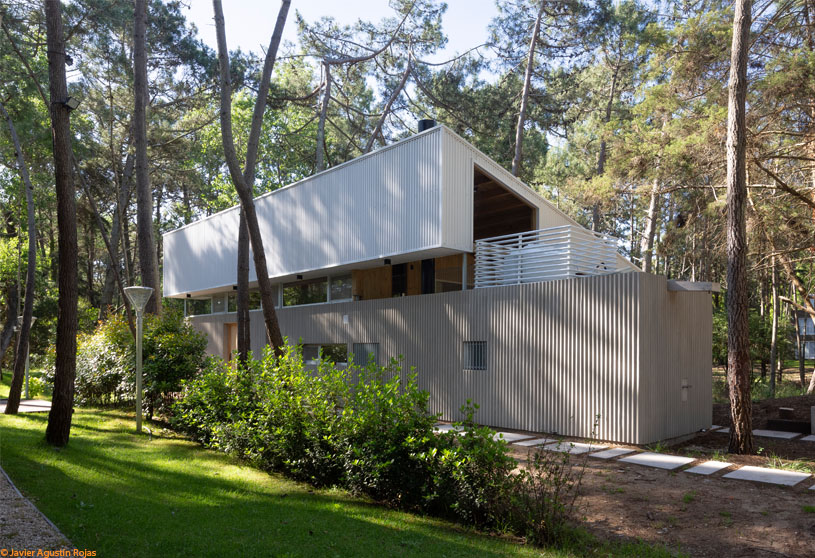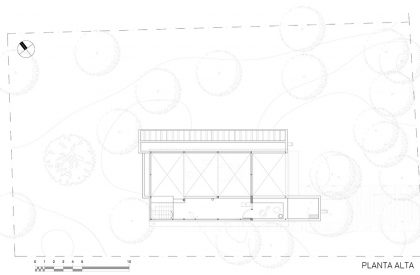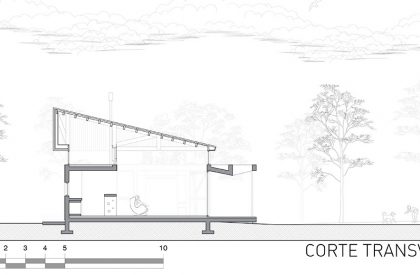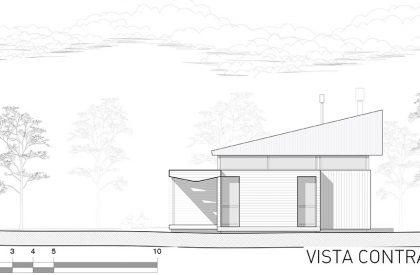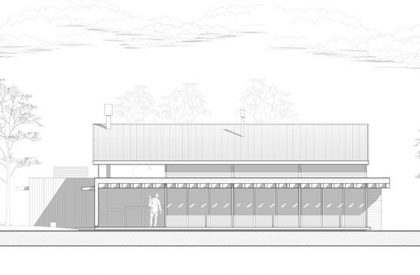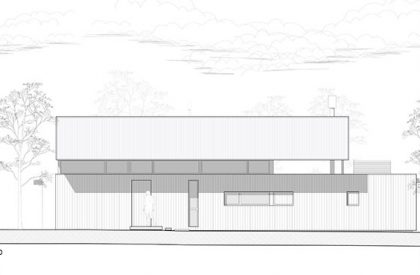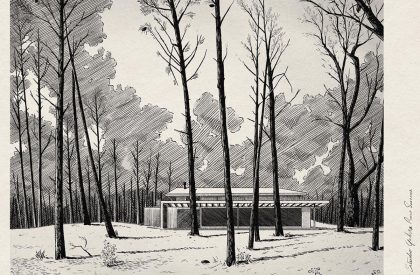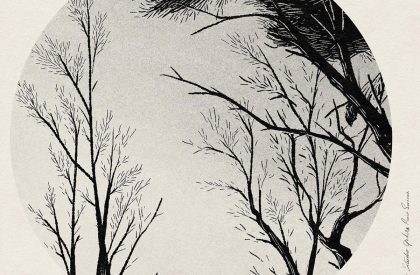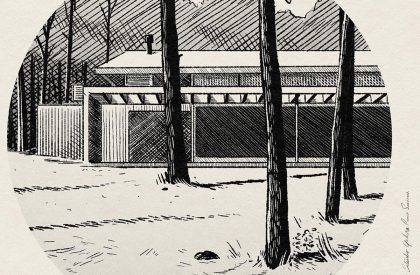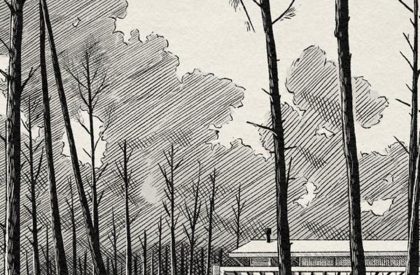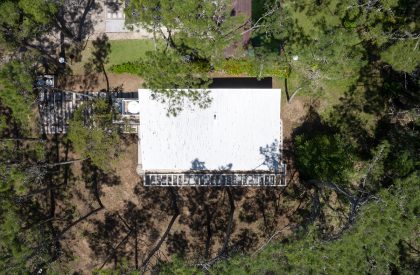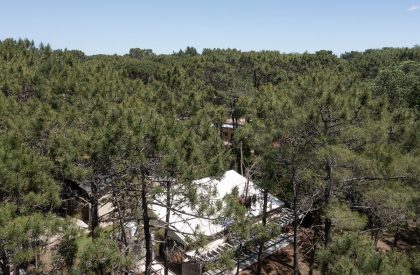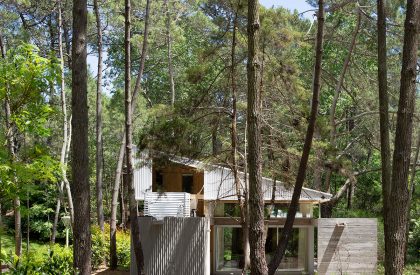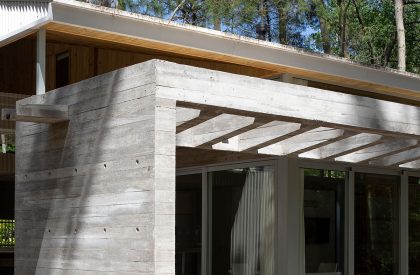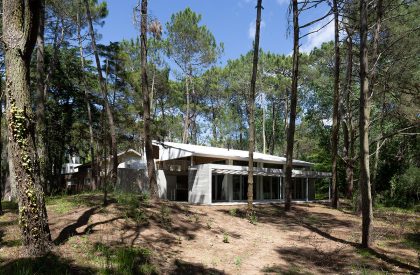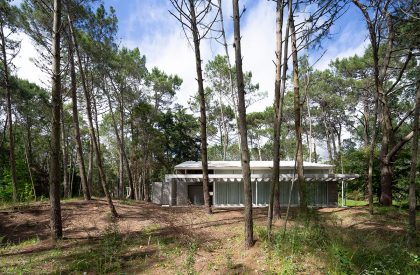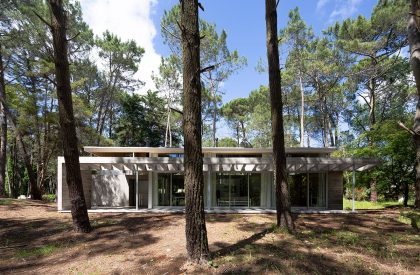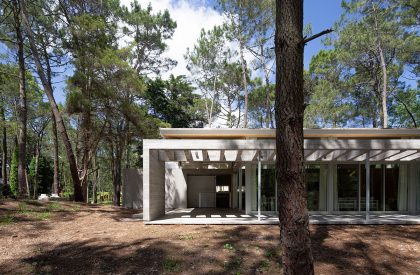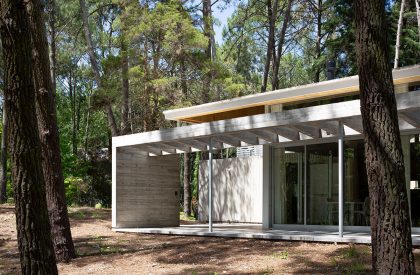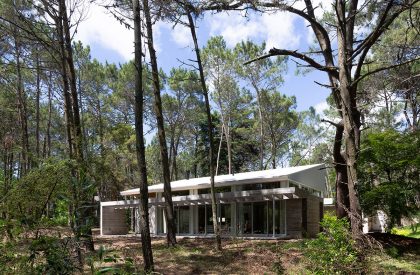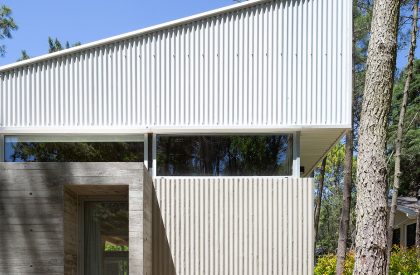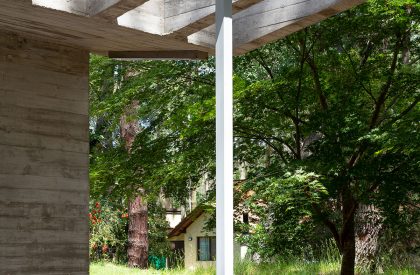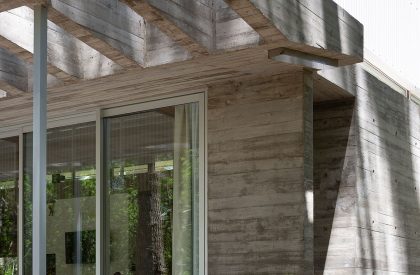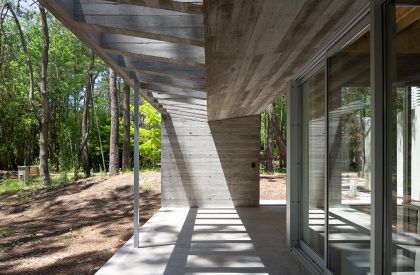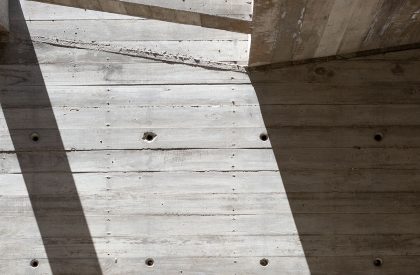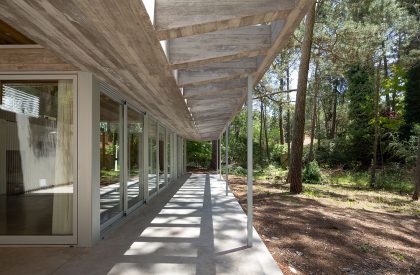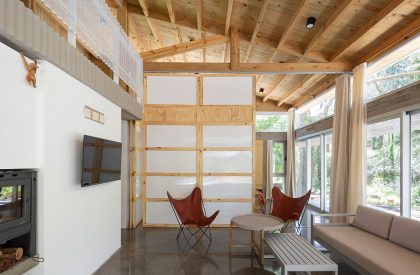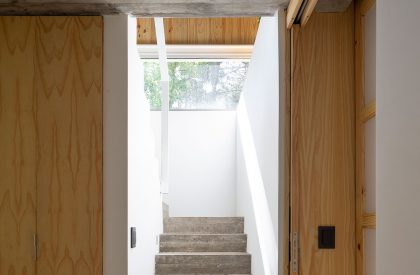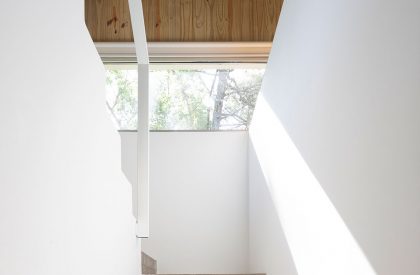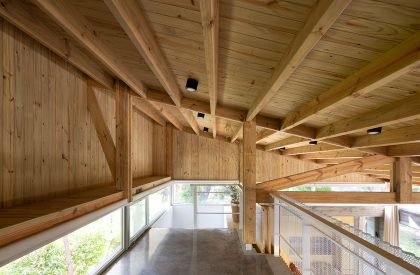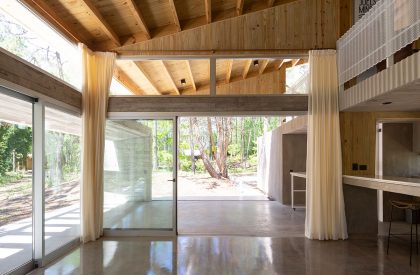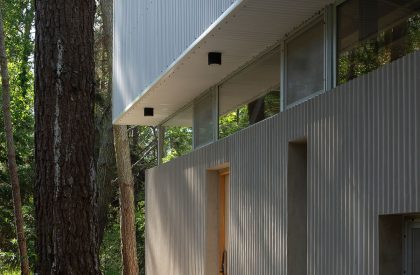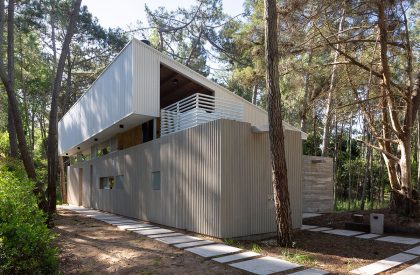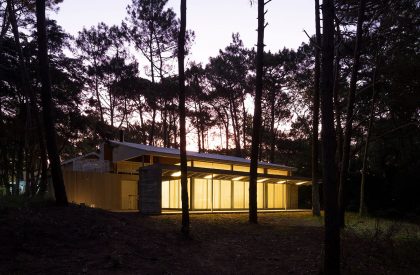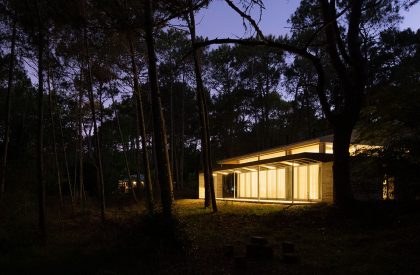Excerpt: Pingüino House by Estudio Galera is a project that seeks to respond to complex and changing demands. The residence explores contemporary aesthetics while suggesting certain references to the history of the place. This is a house that ‘proposes’ rather than ‘imposes’ uses and that changes according to the needs of the user, in times where the pace of social transformations far exceeds the building’s shelf life.
Project Description
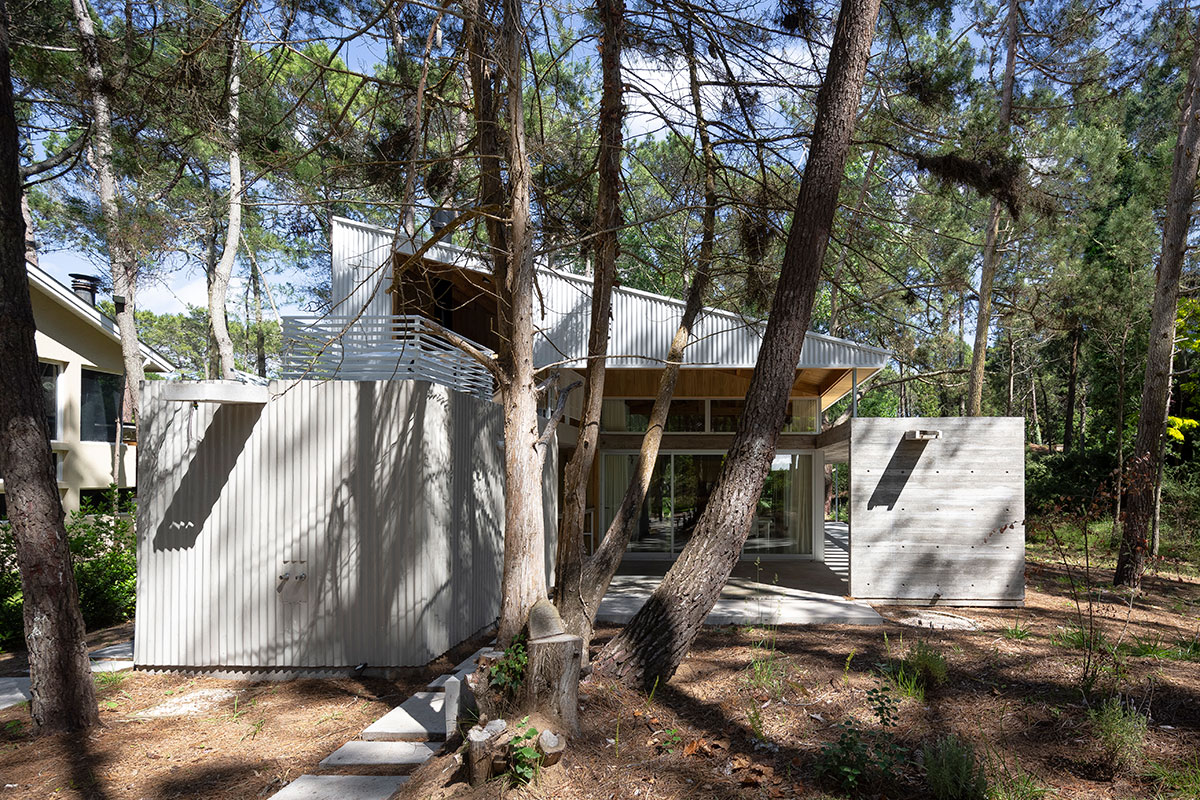
[Text as submitted by architect] Pingüino House is a vacation residence conceived to offer a variety of leisure activities in the tourist town of Cariló, Buenos Aires, Argentina. Conversations with the clients focused on the type of activities done in a summer house rather than on a preconceived architectural form.

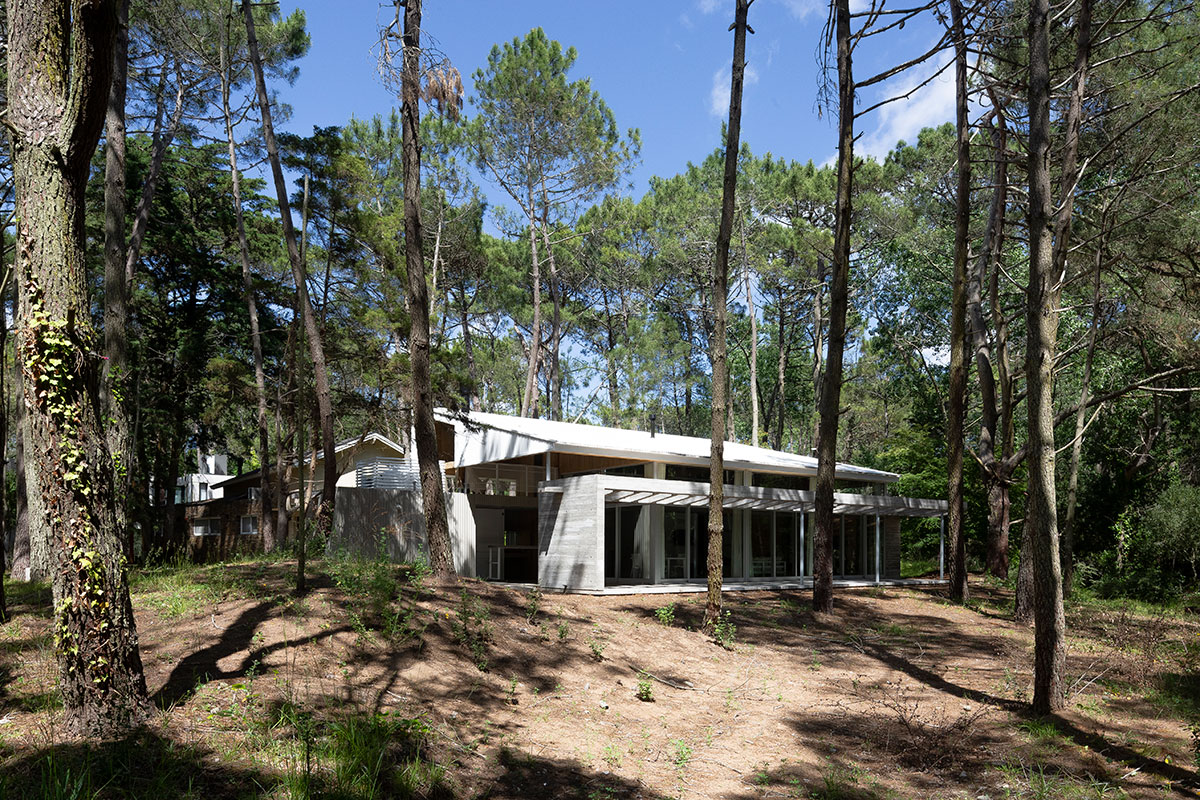
Discussions about customs, sensations, desires and tastes replaced the usual initial exchanges referring to the number of bedrooms, square meters and aspects related to the appearance of the building. The owners’ admiration for traditional Japanese architecture was taken into account and made the designers reformulate some concepts: modulation (tatami), gallery (enhawa), lightweight enclosures (fusuma), linkage to the exterior (shoji) and flexible furniture (oshire).


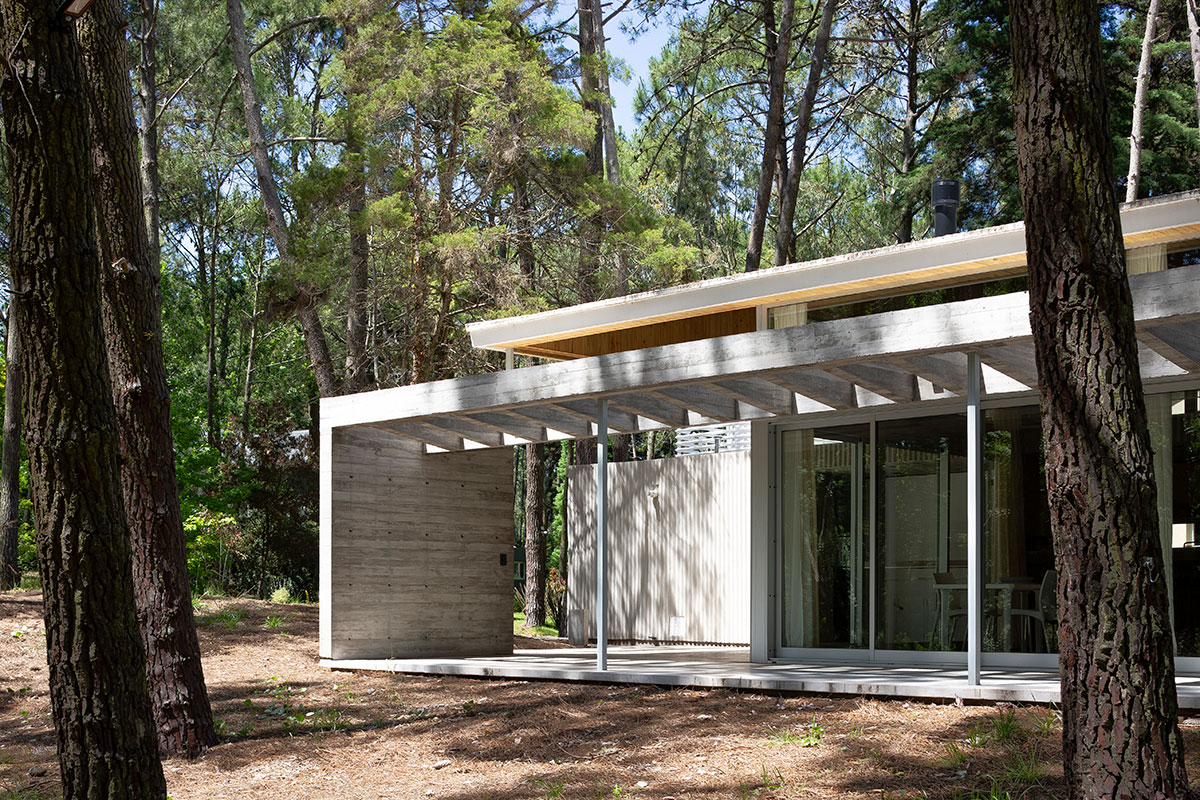
The terrain did not present major topographic features which allowed the house to be fully connected with the lot by means of a semi-covered gallery. Pingüino House is oriented linearly in three layers parallel to the median axes. The service area was placed in the less favourable orientation, while the main rooms and the gallery open to the north.
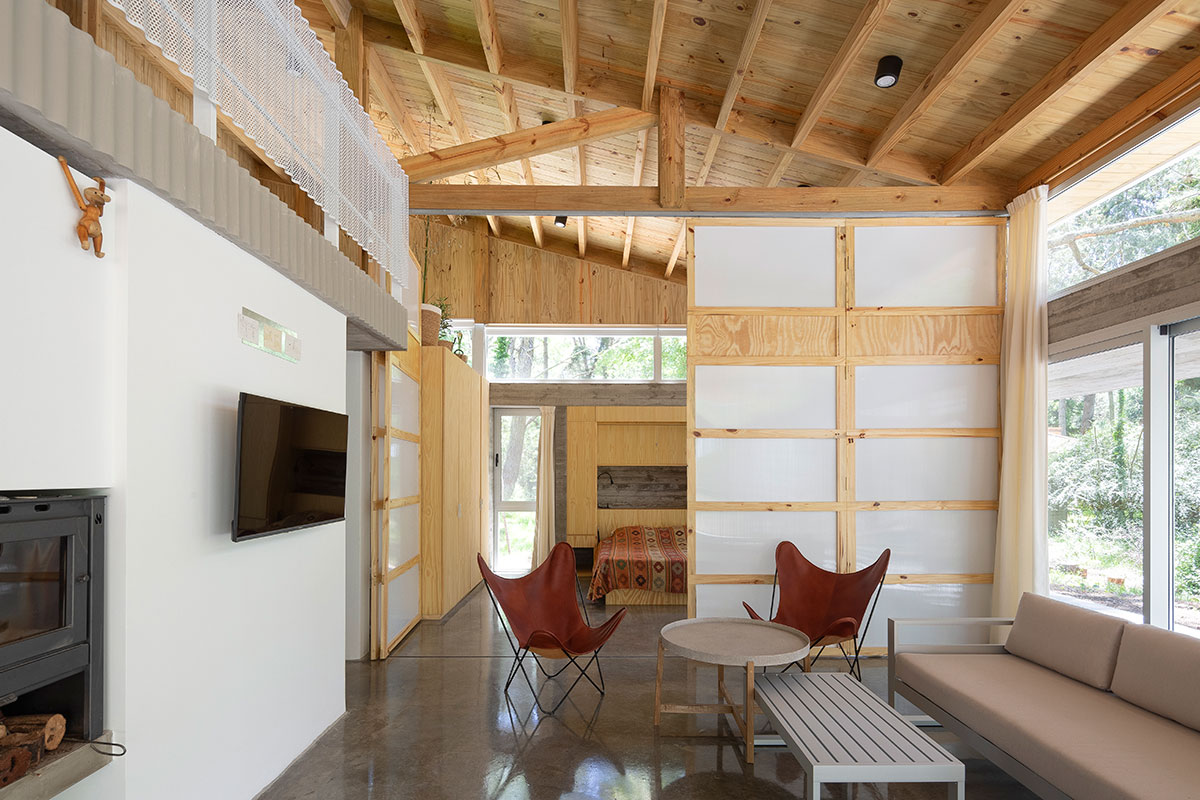
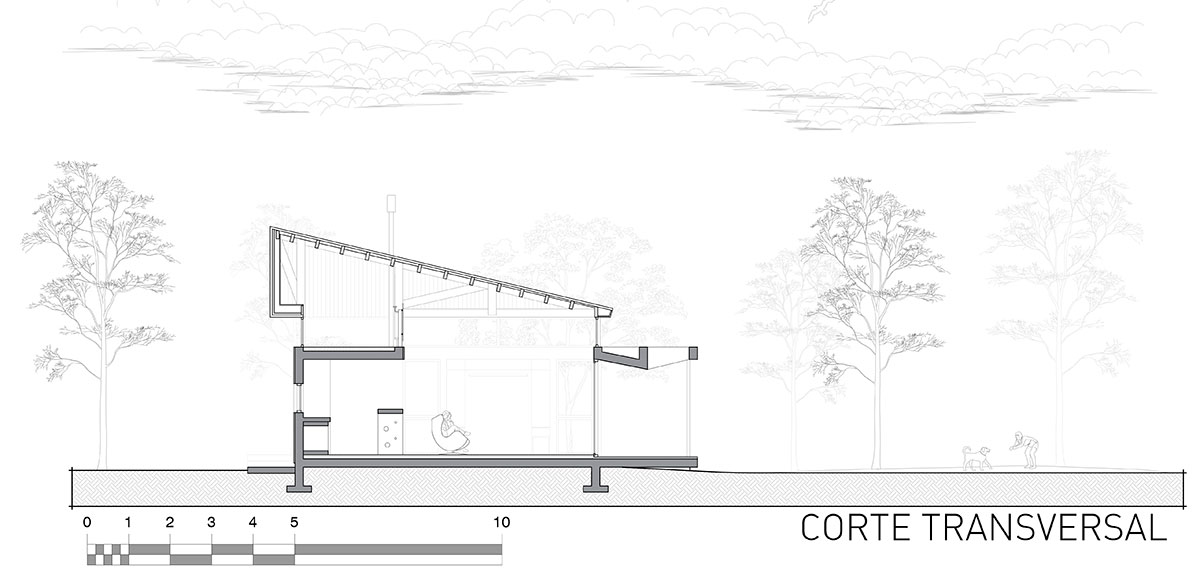

The relaxed specifications related to the use of the dwelling allowed the designers to think of the spaces and their appropriation in a less structured way, offering flexibility in both space and time. In this sense, the layout can change thanks to the indeterminacy of the rooms and the mobile elements: from a large meeting space to a living/dining room with an enclosed bedroom.
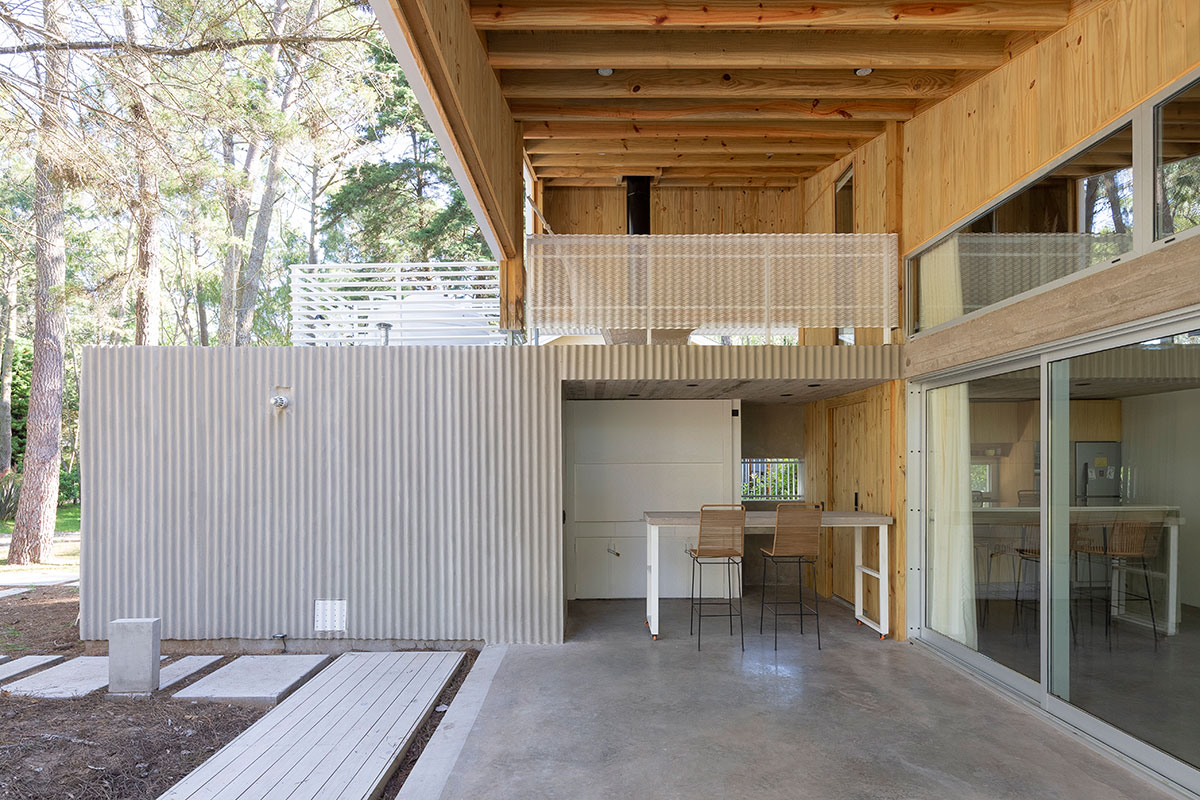

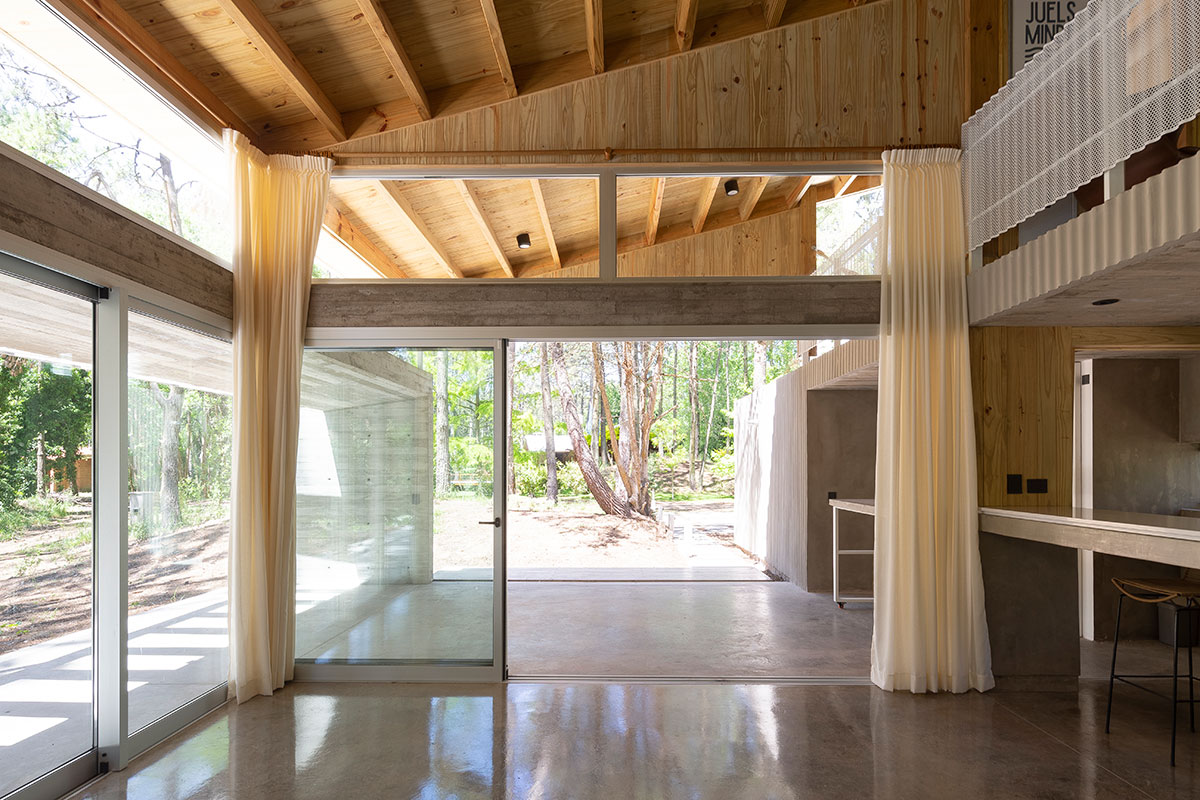
Both the aluminum and wood millwork allow quick modifications of the space, connecting the covered modules with the semi-covered one. The space of use and kitchen surface is doubled by linking this area with the grill zone. The house is thus transformed and its possible uses thrive during the summer.
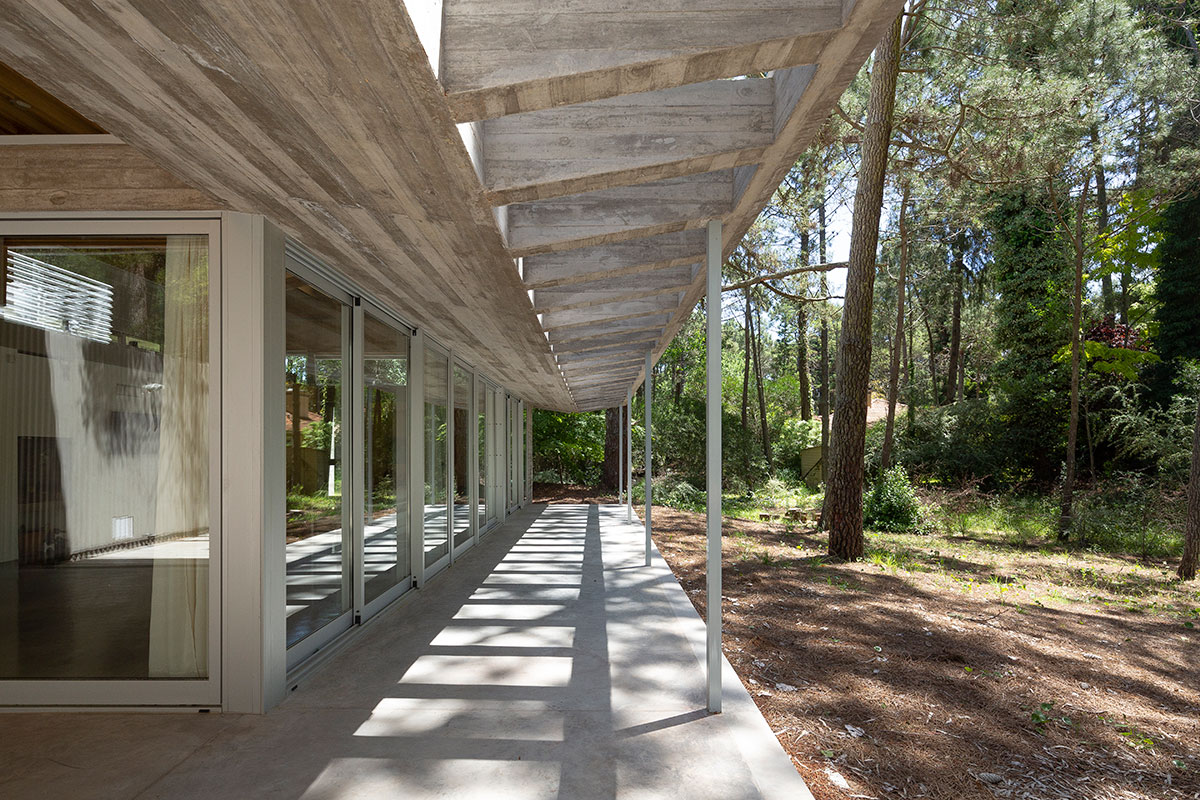
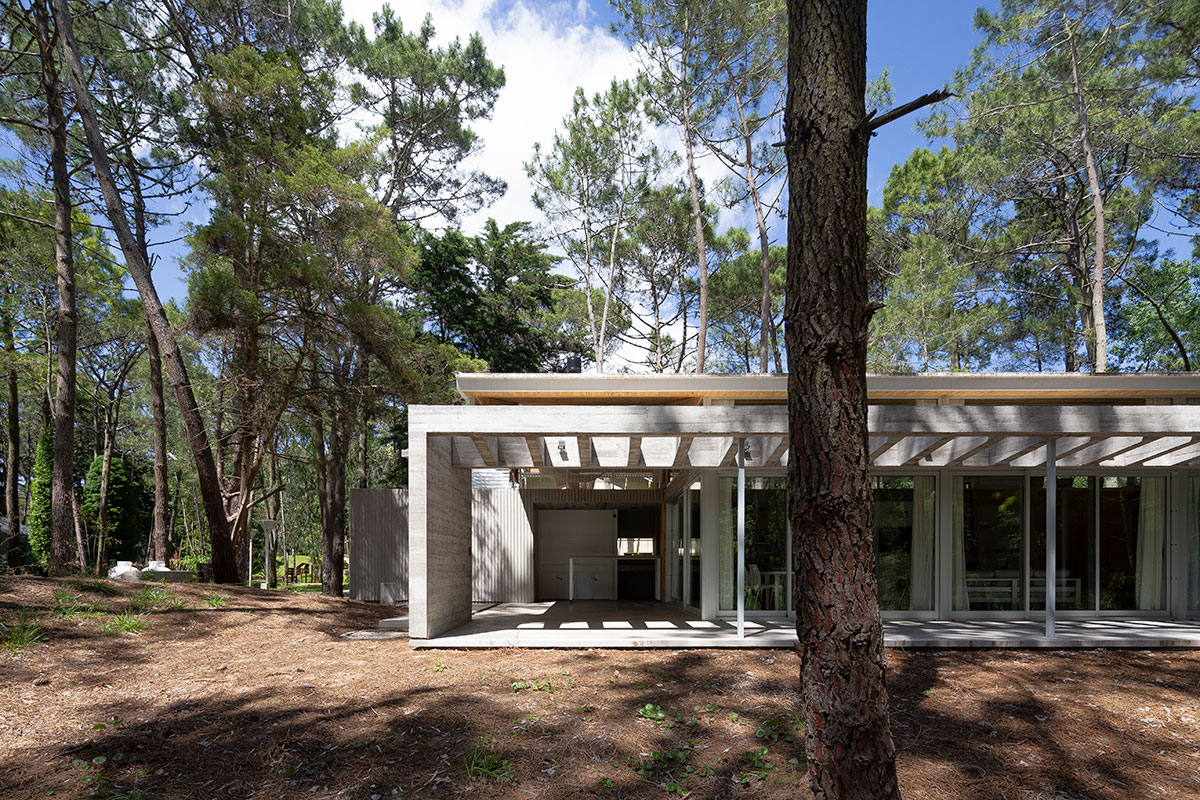
Multiple possibilities of expansion also ensures flexibility over time. Pingüino is supported by a regular and modulated scheme that allows the creation of new bathrooms and bedrooms in continuity with the strata of use.
In this sense, it is an informal and flexible dwelling for temporary use, but with the possibility of growing and transforming itself into a house with a traditional distribution if the demand so requires. The residence allows adaptations to current and possible future demands as modern ways of living require versatility in the formal definition of housing.

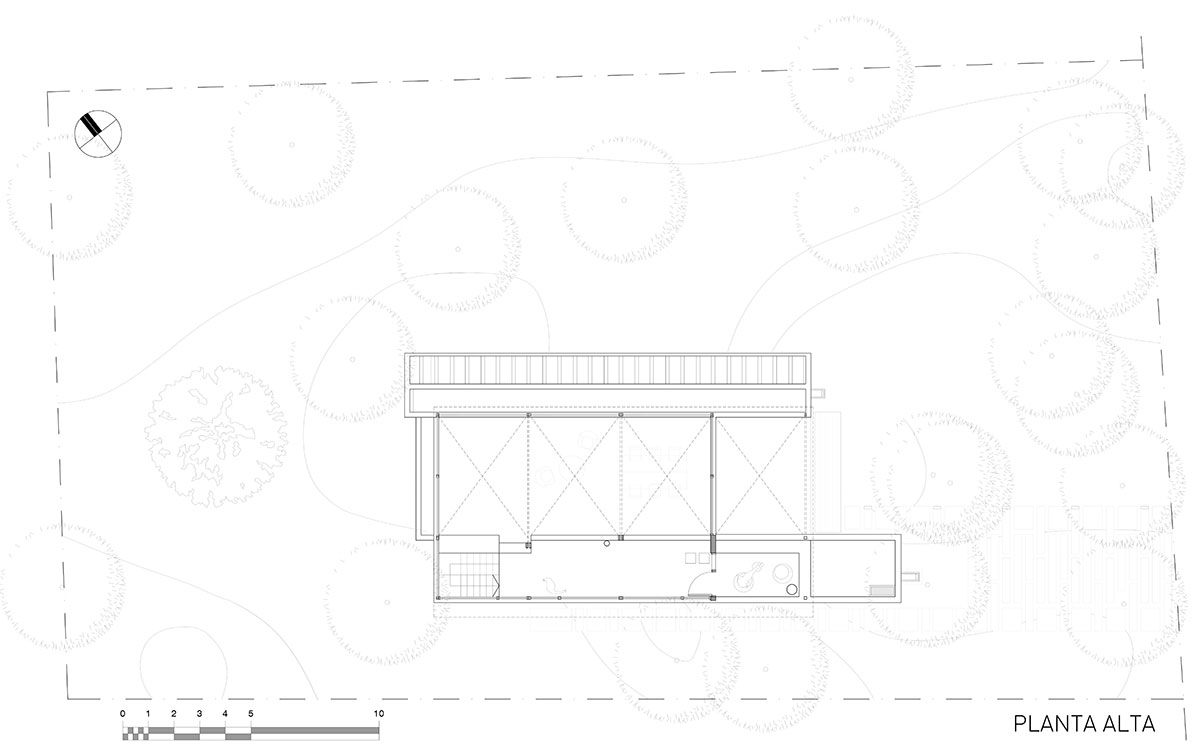
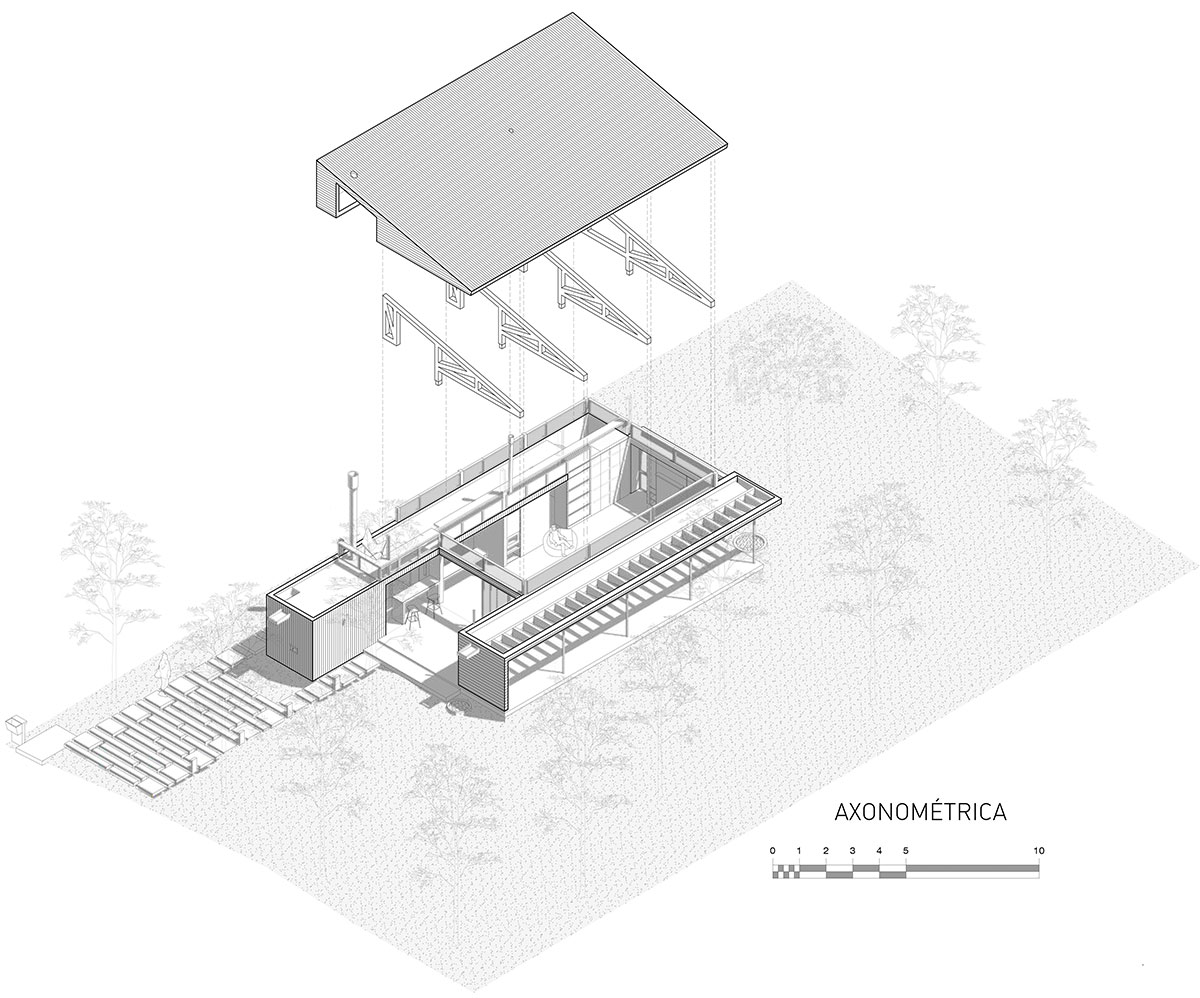
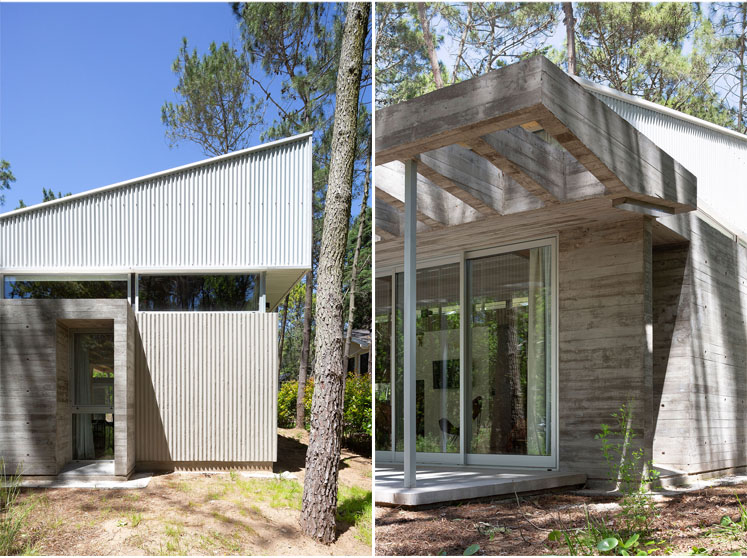
The wagon space nests three basic compositional elements: service area, gallery and roof. This last component becomes volumetric, linking the main car with a mezzanine of flexible uses -currently functioning as a children’s bedroom- that ends in a terrace with views of the semi-covered barbecue area.
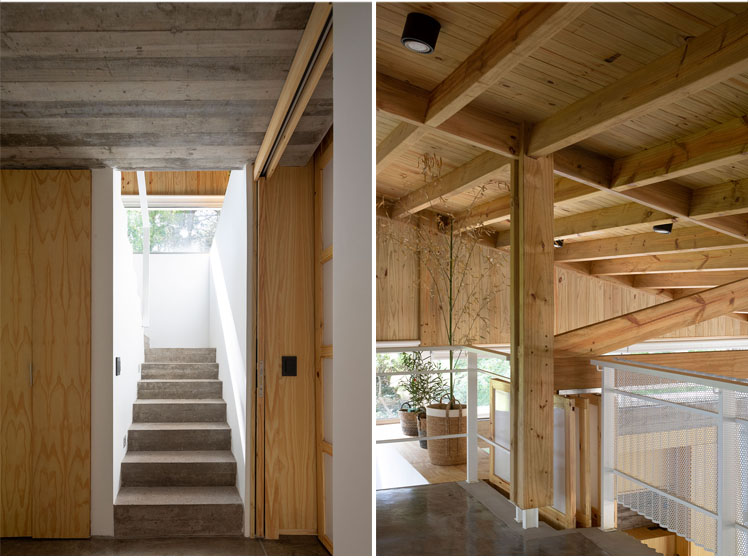
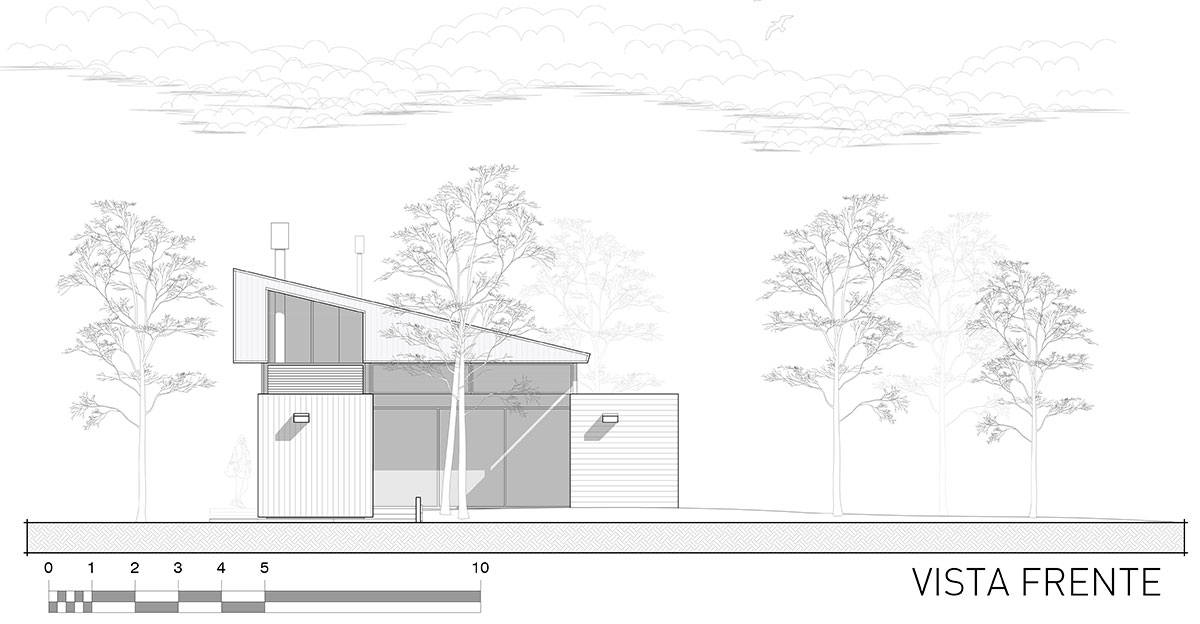
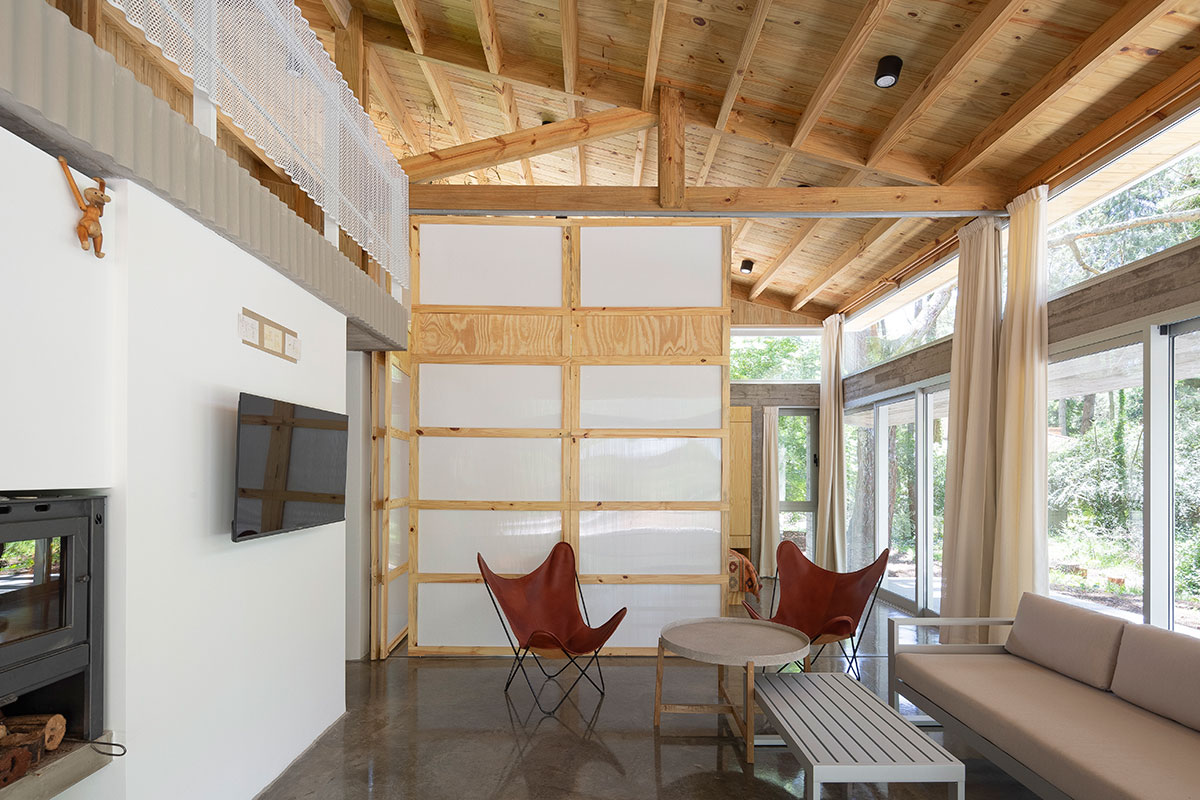
Different factors influenced the choice of materials and technologies used. Pinamar city has a long history of wood-worked roofs so Pingüino House allowed the designers to rethink the typical sloping roof and to synthesize it avoiding unnecessary construction complexities. In this sense, the studio tried to incorporate a new approach to roofing technologies while maintaining the local heritage.


As a result, different materials and technologies were adopted: the wood omnipresent in the interior disappears on the outside and it is replaced by concrete, glass and sheet metal to secure a low maintenance. A sheet metal formwork system was used for the concrete pouring in the service car. Different elements interact with each other through relationships of form, geometry, color and materiality.

Pinguino House may look simple but it seeks to respond to complex and changing demands. The dwelling explores contemporary aesthetics while suggesting certain references to the history of the place. This was a project designed to exploit the material and human resources of the area. Above all, this is a house that ‘proposes’ rather than ‘imposes’ uses and that changes according to the needs of the user, in times where the pace of social transformations far exceeds the building’s shelf life.
